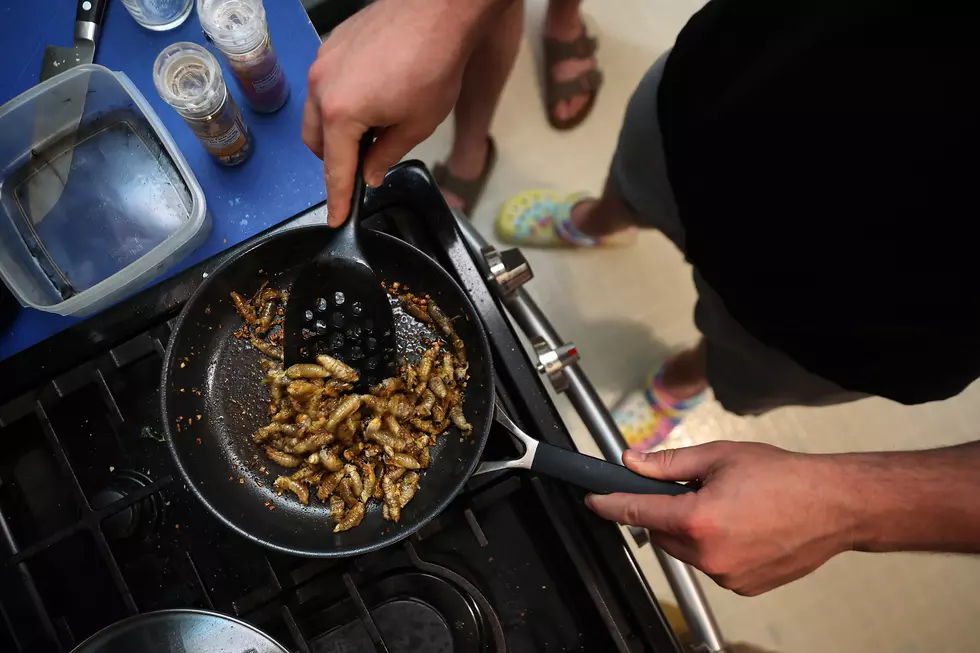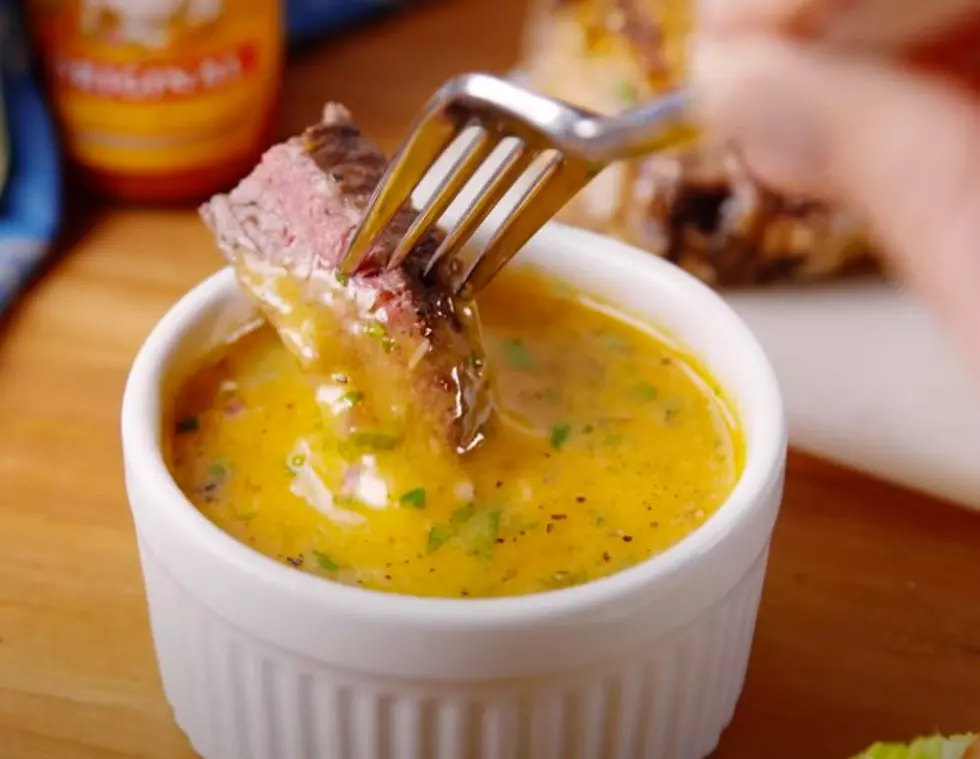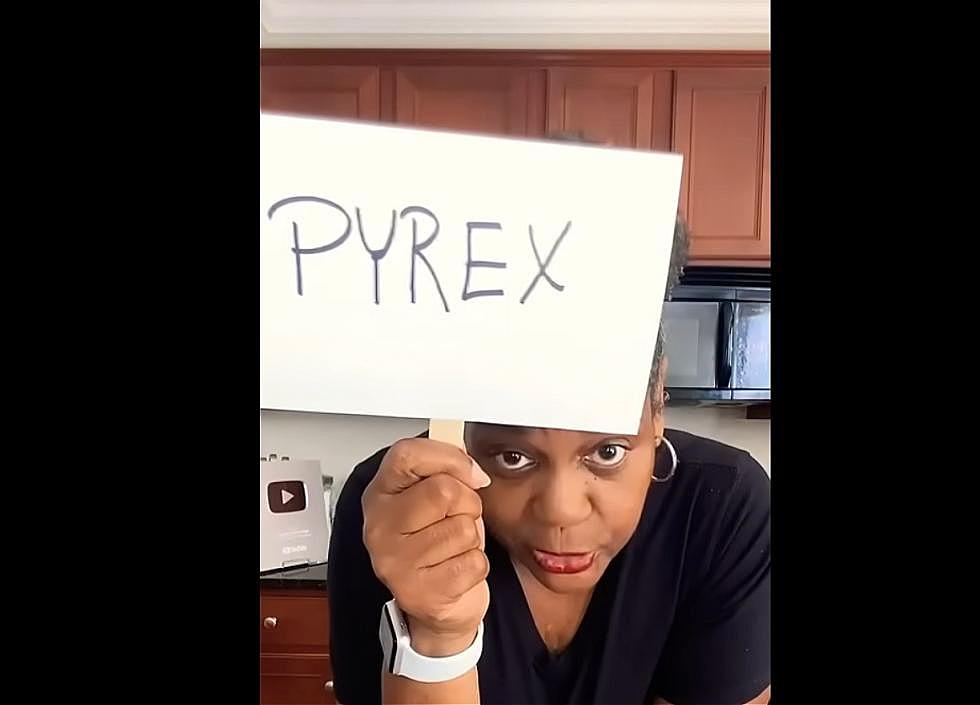
The Great Tinfoil Debate – Should I Cook With The Shiny Side Or Dull Side Up?
Tinfoil has a shiny side and a dull side. You knew that already. However, what is the reason for the two different sides? Are we supposed to be cooking our food with the shiny side up or the dull side up? Does it even make a difference? The answer varies depending on who you ask. I've decided to do some research to get you some answers to these burning questions, and here's what I've found out...
Honestly, until today, I've never given this subject much thought. I've always wrapped my food with the shiny side out, simply because I have the I.Q. of a raccoon and I like shiny things. Have I been doing this all wrong?
First, let's answer the question of why tinfoil has two sides. According to brokensecrets.com "During the last phase of the rolling process, two sheets of foil are put through the rollers. The rollers themselves are oiled and, therefore, the side of the foil that touches the roller comes out shinier than the other."
I checked multiple websites for this answer, and everywhere I looked, I found the same explanation as to why tinfoil has a shiny and dull side. So, I'm taking the whole roller and oil thing as truth as to why tinfoil has two different sides.
Which side should we be cooking with? Does it make a difference if the shiny side is facing away from the food? Well, no and yes...kind of.
It would seem that the shiny side of the tinfoil would reflect heat better than the dull side, therefore we should wrap food with the shiny side face down for better heat distribution. If this is your answer, then you're right, sort of. The shiny side will reflect heat better than the dull side, but the difference is so little that it truly doesn't matter. If you're using tinfoil to cook something for an extended period of time, like ribs, having the shiny side facing the food will make a bigger difference, but even after hours of cooking the difference is quite slim.
According to www.culinarylore.com -
"The truth is that the shiny side of aluminum foil is only a little bit shinier than the dull side. While some small amount of additional energy will be reflected by the shiny side, the difference is so small that it will make no practical difference in cooking. To say that there is no effect whatsoever is inaccurate and it probably still is a little more efficient to cook with the dull side out. However, when measured over time in high temperatures, the difference is so slight that there should be little discernible change in cooking times."
So, there you have it. Apparently it makes no difference what side you use, but it sort of does. If you're cooking something for 528 hours, it seems it would make a difference, but if you're smoking ribs for 4 hours it doesn't.
I'm glad we're clear on this now.
More From 97.3 The Dawg









